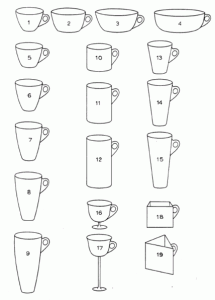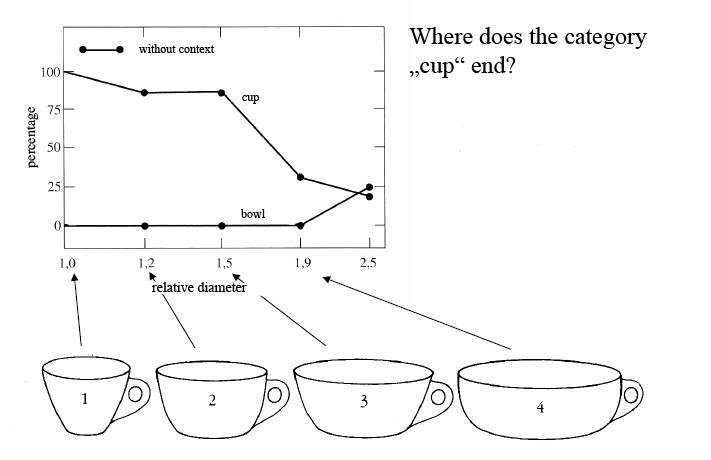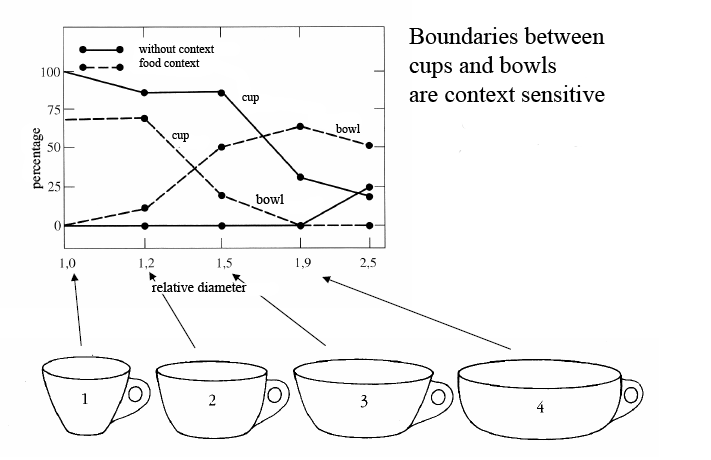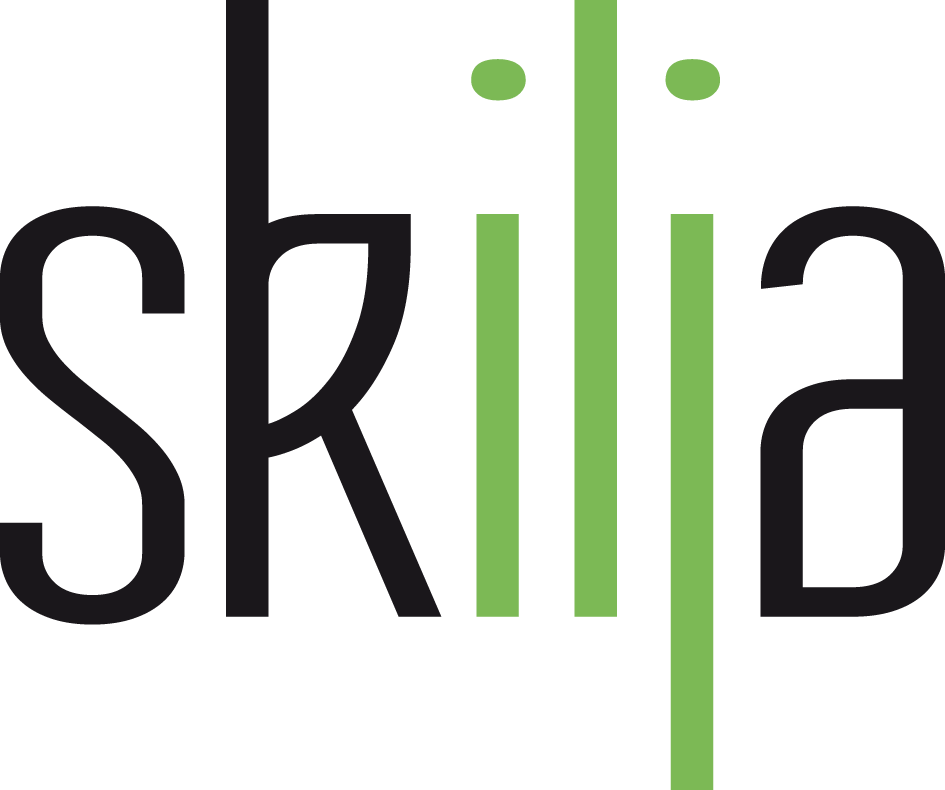This is a situation that probably sounds familiar to you: You meet a person and you are sure that you know him/her well and that you have already seen him or her many times – but you cannot remember who it is. More precisely – you cannot put the person into a context. This does not happen with persons that are very close to you, which you can identify (or categorize) immediately without effort. This happens with people you are acquainted with but you do not know them by heart. When this happens you start to search your memories for this person. You do this by looking for a context that you can apply to this face, body and appearance. Because the problem of categorization you are faced with is an out-of-context problem. It is so much easier to recognize a pattern or identify an object if a context is applied.
This happened to me last fall when I met the owner of a mountain restaurant from the Black Forest at the baggage pick at the airport of Rhodes. As he greeted me friendly and asked how I was, he was visually present in my memories but I was searching in vain for the context which couldn’t have been more remote. Being on vacation, after a nice flight to a foreign country close to the sea and looking forward to my first ouzo simply blocked out all of my familiar reference system which would have given me the answer instantly. Fortunately I was able to talk around my ignorance until he gave me enough additional information that it slowly dawned upon me who he was.
Context is a very important concept for classification. Not only is the ease with which objects are categorized depending on it, also the result of classification is related to context. Cognitive psychologists have analyzed the effects of context and have come up with some striking results. As you might remember classification and object recognition have a lot in common.
One early research that illustrates this is Labov’s study of the semantic boundaries of the concepts described by the words cup and bowl. (‘The Boundaries of Words and Their Meanings’, William Labov). He showed his subjects the line drawings of containers that varied in width and height.

When they were asked to assign one of the categories (words) to the drawings he observed a gradual shift from cup to bowl depending on the diameter of the container. This is as expected as the diameter for sure is one of the features that is taken as relevant for the category. So this is a simple illustration how a classifier works and how the weight of a feature influences the result. As we know this is very simplified as normally thousands of features are taken into account for classification even of cups and bowls: transparency, material, color, handle yes/no etc.

The interesting part of the experiment came when he put the situation into a context of either drink or food. In the context of food the category shifted significantly. Now more of the vessels were seen as bowls as before.

You see how context is a very important concept in classification and should not be ignored. Psychologists have even found out that you can influence the outcome of an answer by putting the subject into a context before. This effect is called priming. For example they have asked people to think about something they are ashamed of. Thus primed they were shown the ambiguous fragments W _ _ H and S _ _ P.
It was shown that those who are ashamed were more likely to complete these fragments as WASH and SOAP instead of WISH and SOUP. The opposite was true for people primed with eating memories. Amazing, isn’t it?
What is the relevance for document understanding? These experiments show that human classification that we want to emulate with document understanding is more complex than thought and by far not objective. This means also for document sorting the context is very relevant. Humans are much superior to machines in this task as they have knowledge of the context. A simple phrase like “My address was changed” is treated by a statistical classifier all the same. But if you have a context you know if it is a postal address, an e-mail address or an IP address. You know if the address was changed by the person itself, by accident or it was forced upon him. A lot of context relevant for the subsequent business process. Astonishingly enough there is no classification system in the market that makes use of the context to prime the classifier. Although it would be very useful and could improve the results. There are some systems like Kofax KTM or Paradatec AIDA which use hierarchical classification, so they have a context in the sub classification, which is good. The next big step for human like categorization would be to allow adding context explicitly and taking it into account for classification. At least this is what is suggested by the cognition experiments shown above.

